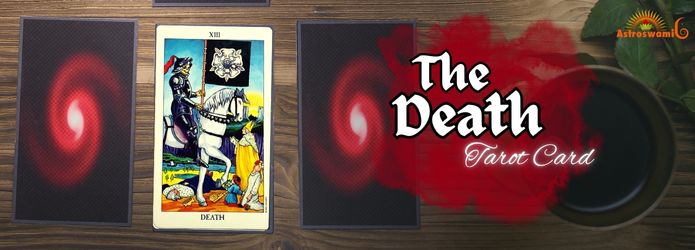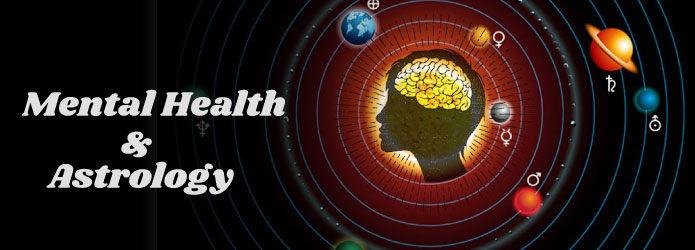
The Death card is one of the most evocative and often misunderstood cards in the tarot deck. Despite its grim name and imagery, the card does not typically signify physical death. Rather, it represents profound transformation, change, and the end of one phase of life to make way for another. In the Major Arcana, the Death card is a powerful symbol of rebirth, closure, and the cyclical nature of existence. By looking closely at its imagery, astrological associations, and deeper symbolism, we uncover how this card represents the essence of personal evolution.
Most versions of the Death card depict a skeletal figure, often wearing black armor or robes, riding a white horse or standing alone. A grim reaper figure in skeletal form typically holds a flag adorned with a white rose, symbolizing purity and the beauty of transformation.
This imagery, while intense, represents more than just endings. The white horse signifies innocence and spiritual strength, while the black armor embodies resilience and the acceptance of inevitable change. The white rose on the flag is a symbol of hope and the idea that something beautiful can emerge even after a loss.
In sum, the Death card’s imagery reflects the universal truth that life is a continuous process of birth, growth, decay, and rebirth.
The Death card is number 13 in the Major Arcana. In numerology, the number 13 is often associated with both challenge and transformation. It carries the energy of endings that make way for new structures, pushing us to let go of old beliefs, habits, and circumstances.
Astrologically, the Death card is associated with Scorpio. Scorpio is a sign ruled by Pluto, the planet of transformation, regeneration, and rebirth, as well as Mars, the planet of action and intensity. Scorpios are known for their depth, emotional intensity, and ability to confront the darker aspects of life, and the Death card mirrors these qualities. The card’s association with Scorpio suggests a journey into the depths of our own psyche, uncovering hidden truths and facing the shadows that must be acknowledged for true transformation to occur.
1. Transformation and Rebirth
2. Endings as Opportunities
3. Letting Go and Surrender
4. Cycles and Natural Law
When reversed, the Death card can signify resistance to change or an inability to let go of the past. This resistance can create stagnation, prolonging suffering or discomfort. The reversed Death card can also represent the fear of transformation or the reluctance to release a situation, person, or belief that has run its course.
In the reversed position, the Death card may be an invitation to reflect on what is blocking progress and to confront these fears with courage. It suggests that in order to move forward, we must be willing to embrace change.
In Career and Finances
When the Death card appears in a career reading, it often signifies an end to a current position, project, or professional path. While this can initially be unsettling, it usually heralds the start of a more fulfilling and aligned career path. It can indicate a period of transition where one phase of professional life ends, making way for fresh opportunities.
Financially, the Death card may suggest a significant change in income or expenditure. This could mean restructuring finances, letting go of debt, or making a large investment that has the potential to reshape one’s financial future. It’s a call to be mindful of resources and prepare for a new way of managing them.
In Relationships and Personal Life
In relationships, the Death card can indicate the need for transformation. This might mean letting go of a relationship that no longer serves both parties or transforming an existing relationship by addressing issues and fostering new growth.
In personal development, the Death card signals a powerful time for self-reflection. It may indicate a period of intense internal change, where you’re called to reassess core beliefs, values, or life goals. This is an opportunity to shed old patterns and reinvent oneself, embracing a version that is more aligned with one’s true self.
In Health and Wellbeing
In health readings, the Death card can signify the end of an old way of living or the need to make major lifestyle changes. This might include letting go of harmful habits, starting a new health regimen, or confronting emotional issues that impact physical health. The card emphasizes the necessity of renewal and rebirth in health matters.
The Death card in health readings can also indicate a healing process or a journey through a transformational experience that brings about deeper awareness of physical and mental well-being.
On a spiritual level, the Death card is a powerful indication of spiritual awakening. It represents the “death” of the ego, where an individual sheds limiting beliefs, attachments, and false identities, experiencing a deep transformation. This can lead to a higher state of consciousness and a closer connection to the true self.
The card invites a period of spiritual introspection, where old spiritual practices or beliefs may be re-evaluated, making way for more authentic and aligned spiritual growth. It encourages moving beyond fear and embracing the transformative power of self-discovery and rebirth.
Accept Change Gracefully: The Death card suggests accepting change with grace rather than resisting it. The more we resist, the harder the transition becomes.
Release Old Attachments: This card often asks us to let go of what no longer serves us, be it relationships, jobs, beliefs, or habits.
Embrace Transformation: Rather than fearing transformation, embrace it as a natural and essential part of life. Trust that what follows will bring growth and new opportunities.
Reflect on Life Cycles: The Death card teaches us about the impermanence of all things. Reflecting on life’s cyclical nature can help prepare for and embrace new beginnings.
Focus on Personal Growth: Use this period to look inward and ask yourself what needs to change for you to align more closely with your true path.
The Death card is not a symbol of finality or literal death but a powerful reminder that life is an ever-evolving process. It calls for the courage to end what no longer serves and to step into a new chapter with open arms. Its lesson lies in the beauty of impermanence and the possibilities that arise when we release the old.

Sawan or Shravan month has its own religious significance in Hindu mythology. This month of Shravan is the auspicious time that is celebrated in the w...

Shattila Ekadashi 2025: It is a substantial question when you will break your fast? The ritual which includes breaking the fast is called Parana....

The mind is represented by moon, its placement, condition and afflictions in the birth chart. ...

Tirupati Balaji Temple is one of the richest temples located in Andhra Pradesh....